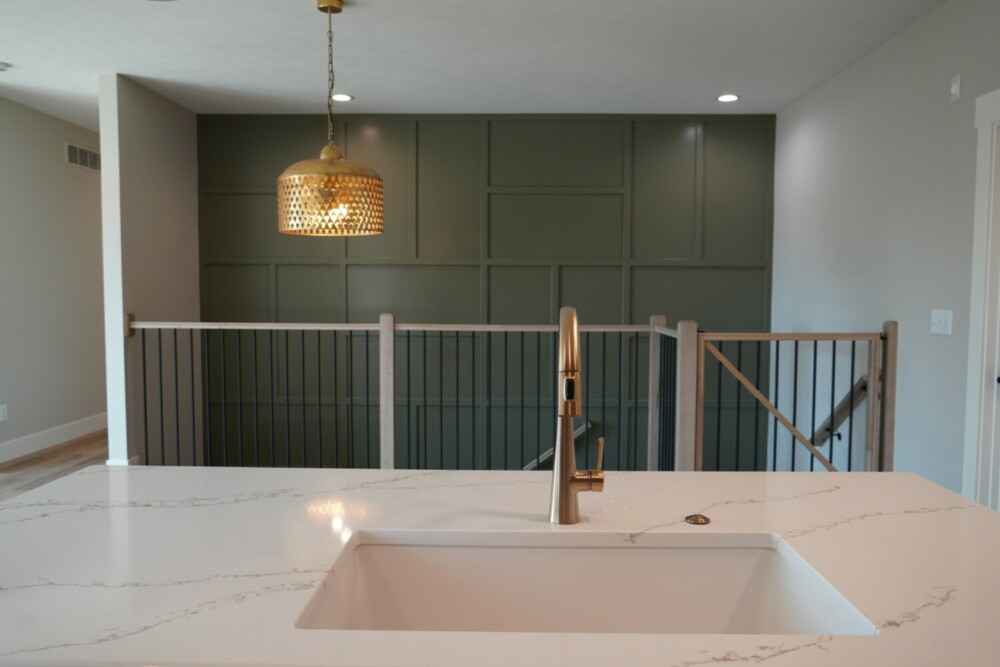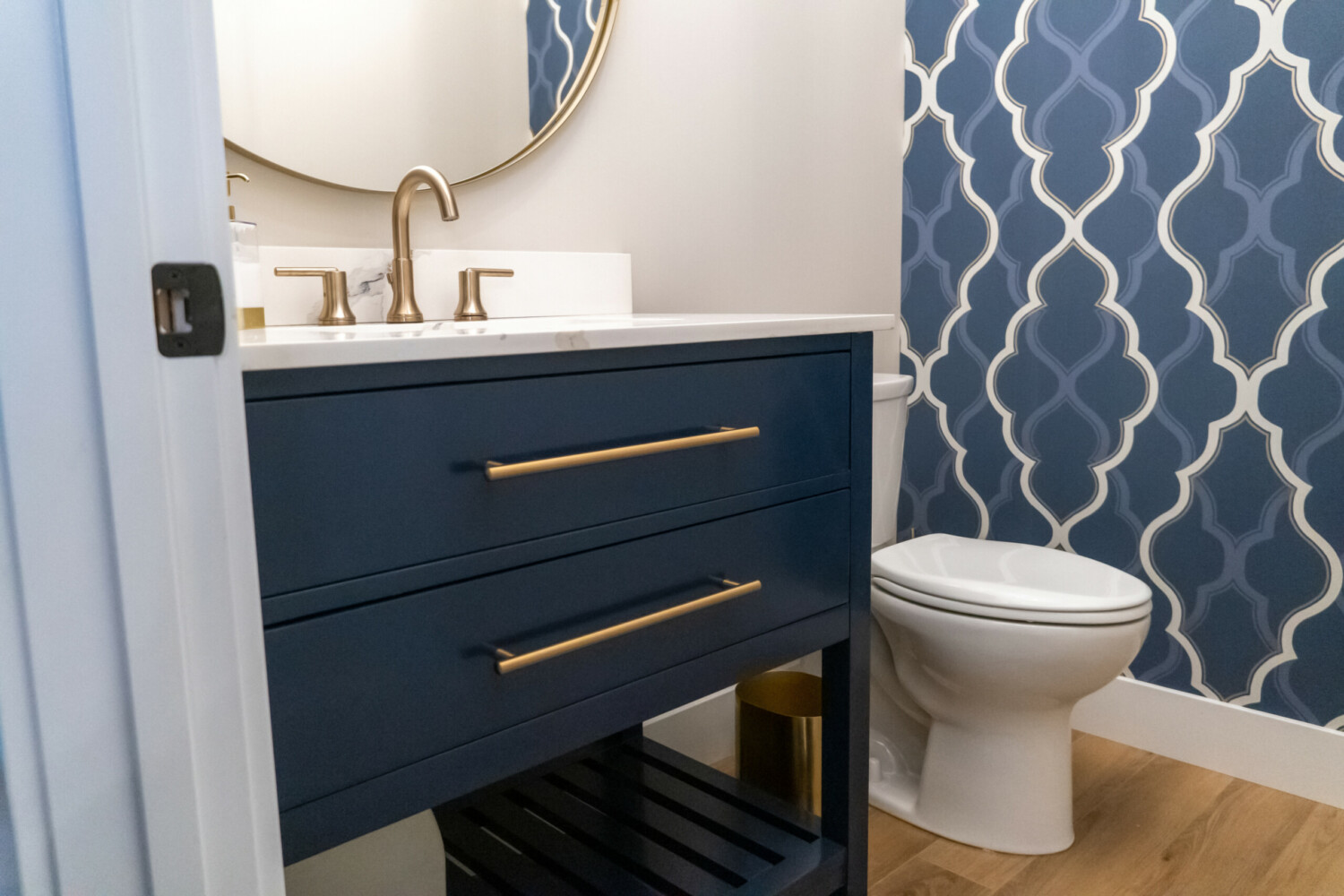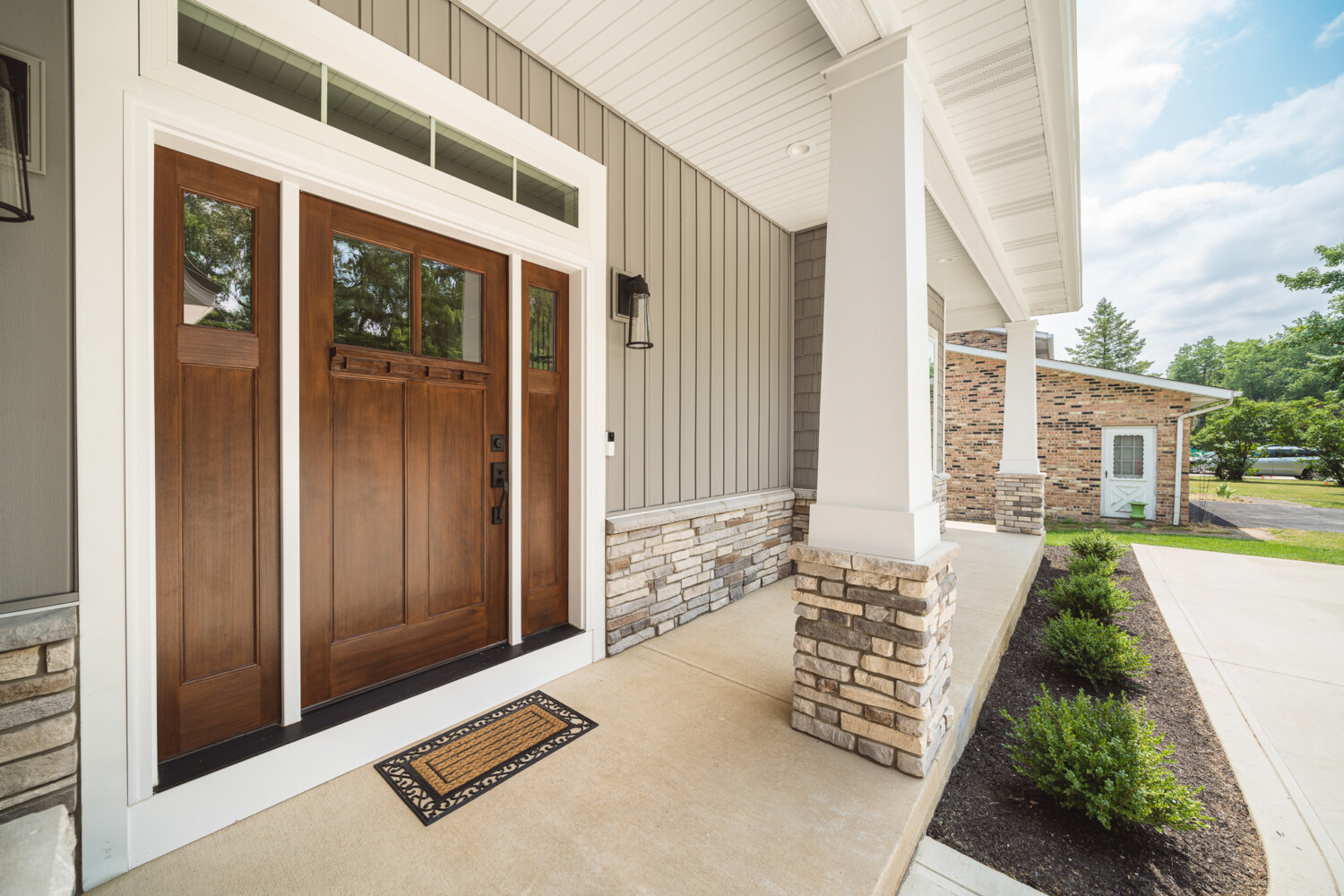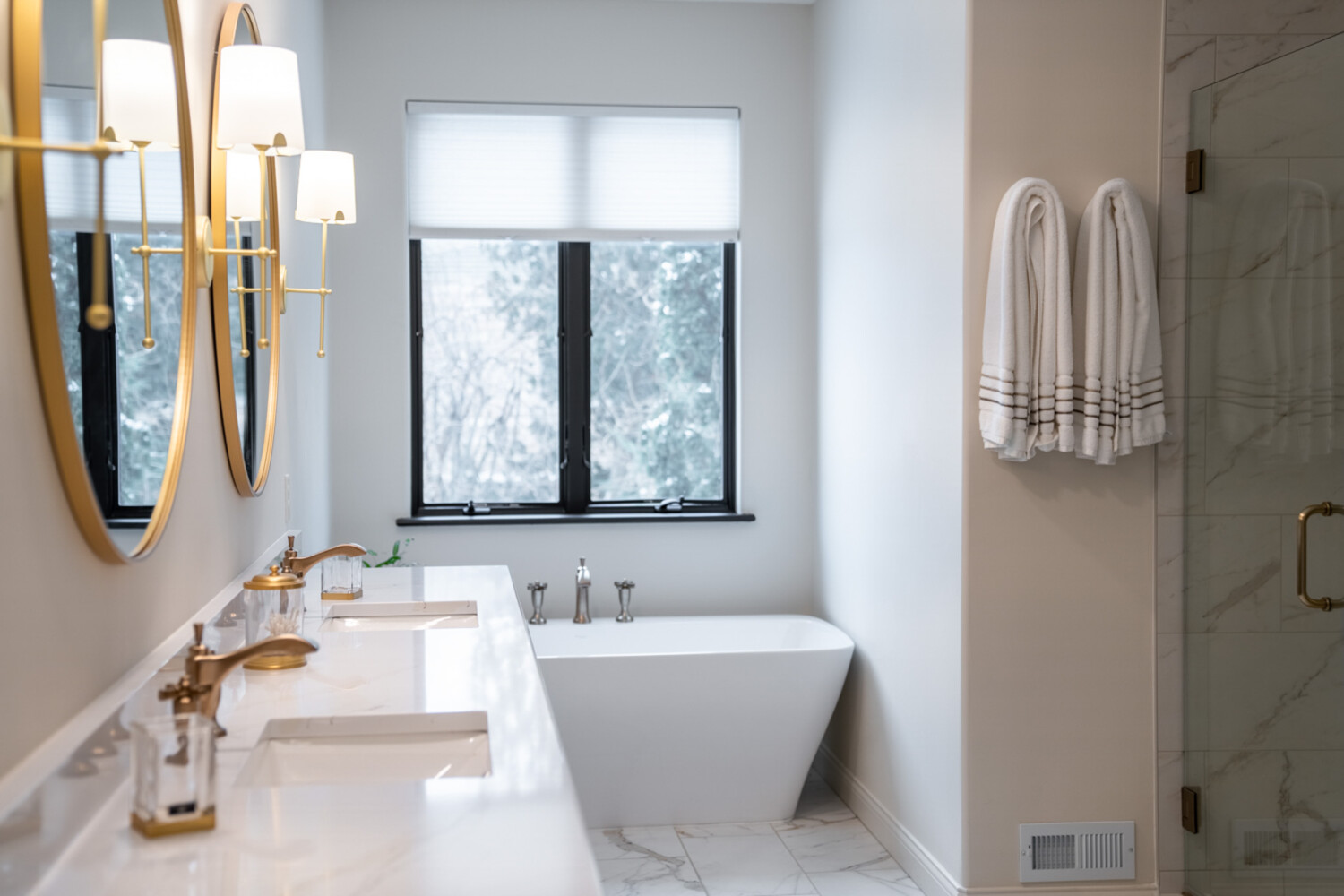
When it comes to interior design, the little details often make the most significant difference. One of the most effective ways to breathe new life into your living space is by incorporating accent walls. You can create a stunning focal point that elevates your home decor by carefully choosing the right wall, color pattern, textures, and materials. These statement pieces can transform a room from mundane to marvelous, adding character and personality to your home. Here are practical tips on creating a stunning focal point in your space:
1. Choose the Right Wall
The first step in creating an accent wall is choosing the right one. Not all walls are created equal; some may be better suited for this purpose than others. Typically, you will want to select a wall that naturally draws attention. This could be the wall behind your sofa, the one with a fireplace, or the wall opposite the room’s entrance. Choosing the right wall is essential to ensure that your accent wall becomes the room’s focal point.
2. Select a Striking Color or Pattern
Once you’ve identified the perfect wall, it’s time to decide on the color or pattern for your accent wall. This is where you can get creative and let your personality shine. Bold and vibrant colors can add energy and drama to a room, while softer, muted tones create a calming atmosphere. If you prefer patterns, consider using wallpaper with eye-catching designs, such as geometric shapes, botanical prints, or textured patterns.
3. Consider Textures and Materials
In addition to color and pattern, consider incorporating different textures and materials into your accent wall. Wood paneling, reclaimed brick, stone, or even faux shiplap can add depth and dimension to the space. These textures provide visual interest and create a tactile experience that can make your room more inviting.
4. Use Artwork and Decor
An accent wall doesn’t have to rely solely on paint or wallpaper. You can further enhance the impact by incorporating artwork and decor. Consider hanging a large piece of artwork, a gallery wall, or a decorative mirror on your accent wall. These additions can help draw attention and create a cohesive look in the room.
5. Lighting Matters
Don’t forget the importance of lighting when designing your accent wall. Proper lighting can highlight your chosen wall and make it even more striking. Consider wall sconces, pendant lights, or track lighting to illuminate your accent wall effectively. The proper lighting can create a warm and inviting ambiance, making your space feel more comfortable and welcoming.
6. Maintain Balance
While an accent wall is meant to stand out, it’s crucial to maintain balance in your room’s overall design. Ensure that your accent wall’s colors, patterns, and textures complement the rest of the room’s decor. This harmony will create a visually pleasing and cohesive interior.
7. Experiment with Temporary Solutions
If you’re not ready to commit to a permanent change, consider temporary solutions like removable wallpaper or wall decals. These options allow you to experiment with different looks and styles without a long-term commitment. It’s an excellent way to try out bold colors or patterns before making a final decision.
8. Keep the Room’s Purpose in Mind
Finally, consider the room’s purpose when designing your accent wall. The color and style you choose should align with the function of the space. For example, a soothing, muted accent wall might be perfect for a bedroom, while a vibrant and energetic one could work well in a home office or living room.
In conclusion, accent walls are a powerful tool in interior design that can transform a room from ordinary to extraordinary. You can create a stunning focal point that elevates your home decor by carefully choosing the right wall, color pattern, textures, and materials. Don’t be afraid to get creative; remember that it’s all about expressing your unique style and personality. With a well-designed accent wall, your home will truly reflect your taste and aesthetic sensibilities.




